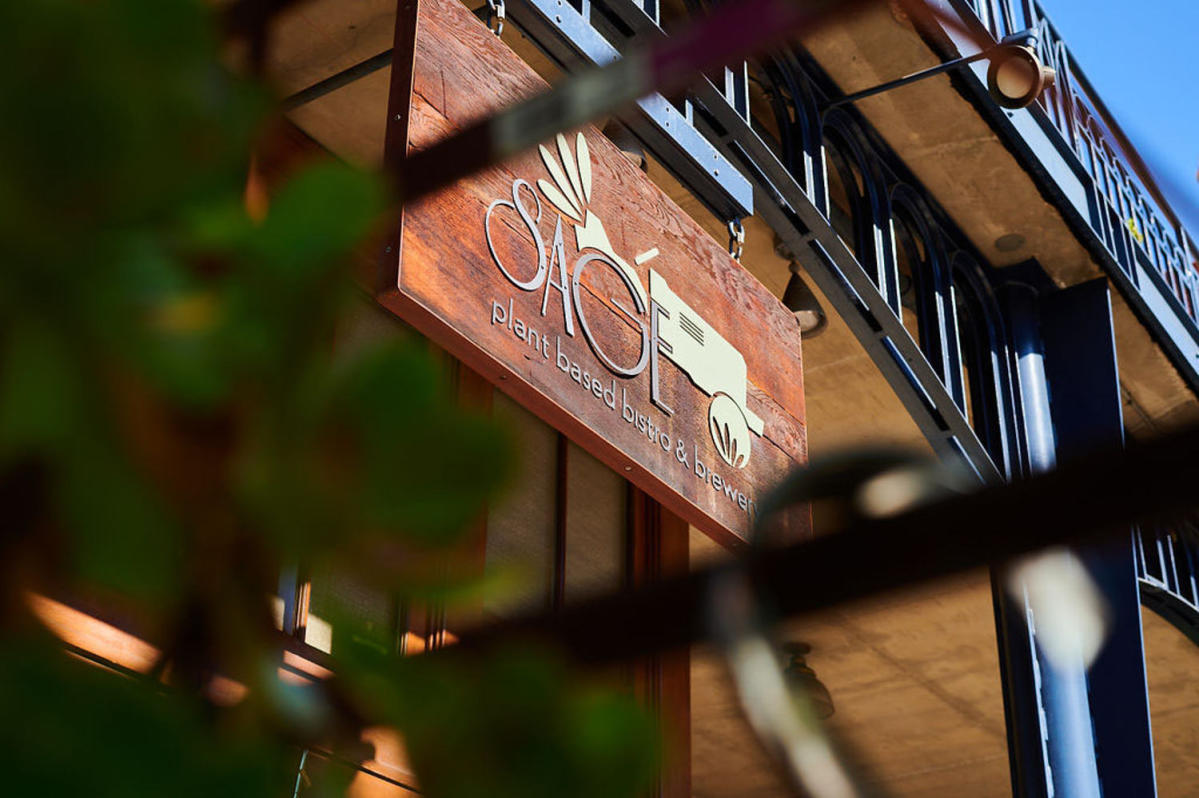Some knee pain is down to the size of a key piece of cartilage known as the meniscus, according to new insights from Osaka Metropolitian University.
The Japan-based scientists said some people are born with a meniscus that is thicker than usual on the outer side of the knee, making it prone to tears and – even if that worst-case outcome does not arise – causing pain and locking and meaning surgery is needed.
The meniscus, the size of which can be ascertained by a MRI, cushions the knee joint between the femur and the tibia, making smooth functioning vital. The research was published in the Wiley journal Knee Surgery, Sports Traumatology, Arthroscopy in November.
A meniscus tear often accompanies what, for many footballers and other athletes, is the dreaded cruciate ligament rupture.
The injury usually follows an awkward landing, typically while off balance but moving at speed, followed by that unmistakable pop feeling from inside a knee.
Sometimes the pop is audible, sometimes it erupts with unbearable pain – and most cases it is followed by the feeling the affected leg is about to buckle underneath.
The outcome is serious damage to a knee, with the ruptured ligament and cartilage needing resolving by surgery. The sundered ligament, and sometimes the cartilage too, is replaced by a graft, as they usually cannot heal naturally – all followed by a gruelling rehab over usually 6 to 9 months.
Before the advent of advanced forms of surgery, such as keyhole variants, such knee injuries were usually career-enders for pro footballers and remain a life-changer for amateurs whose jobs require them to be on their feet.
Signup bonus from





